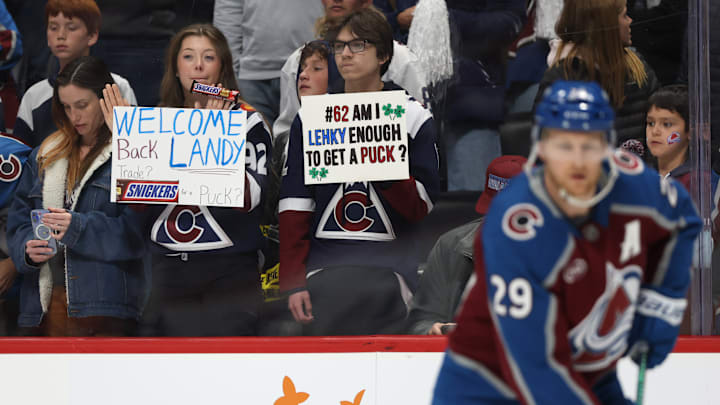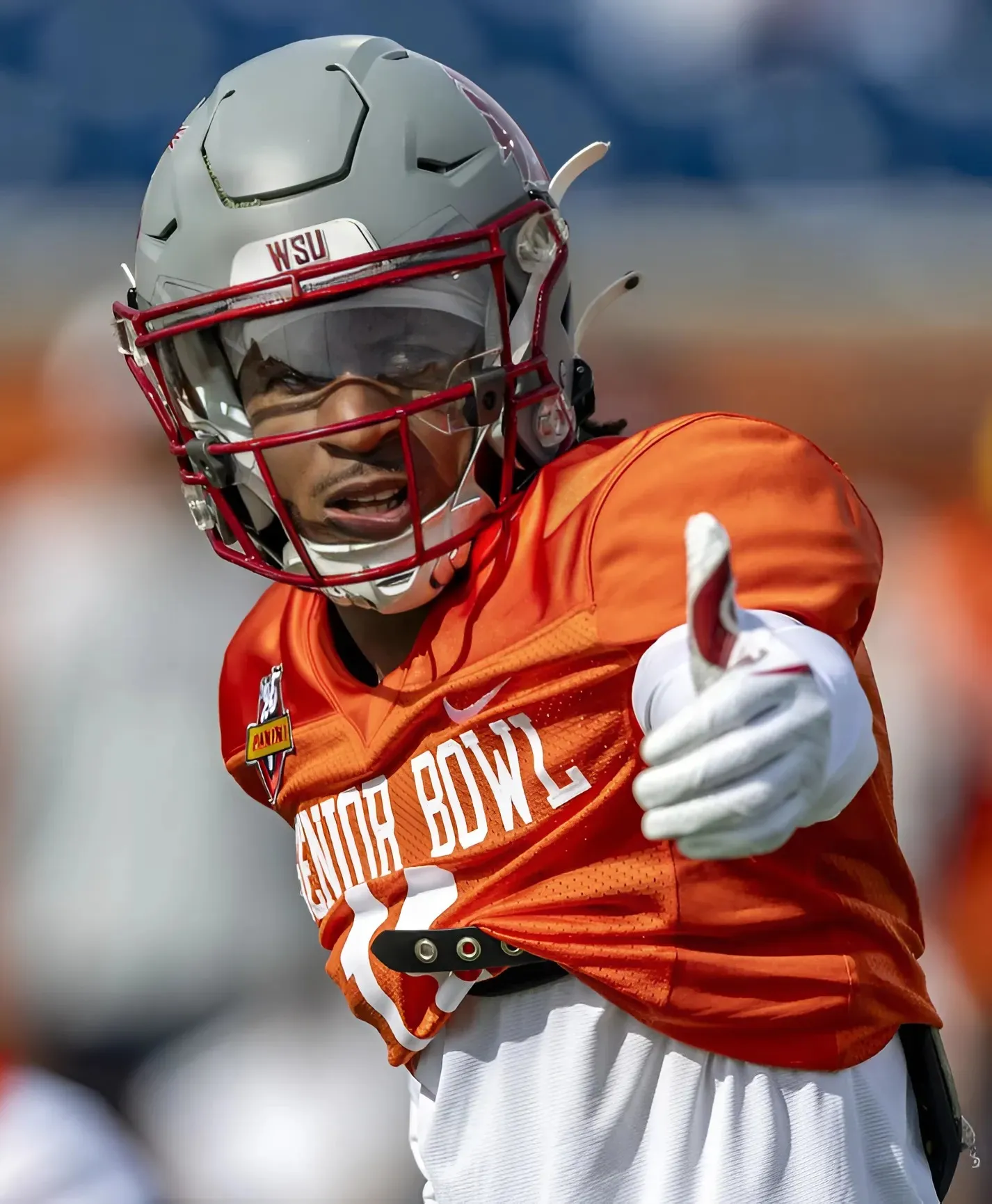
The Colorado Avalanche are staring down the unpleasant prospect of an impending cap crunch this summer.
Despite the fact that the salary cap is ready to jump to $95.5, according to PuckPedia, the Avalanche stand to run into trouble given the number of free agents that will need new contracts for next season.
The biggest question mark is Brock Nelson. Nelson, who’s coming off a six-year, $36 million deal, will not only be looking for one more multi-year deal but will likely want a similar AAV as his last deal.
Then, there’s Jonathan Drouin. Drouin is coming off a one-year, $2.5 million cap hit. His cap hit is much more manageable than Nelson’s, but he will still cost somewhere between $2 to $3 million per season.
The last big UFA to complicate life for the Avalanche is another trade deadline acquisition: Ryan Lindgren. Lindgren is also coming off a one-year deal. His cap hit this past season was $4.5 million.
So, if we add up Nelson, Lindgren, and Drouin, that’s $13 million alone in three contracts. Now, we can debate whether each player is worth his cap hit. But for the sake of this discussion, let’s assume they are.
That situation means the Avalanche will need to pay out roughly $13 million with an estimated $8.7 million in cap space, factoring in the cap increase.
In my estimation, these numbers don’t add up. The Avs will need to find space from somewhere to fit everyone under the cap. That prospect opens up the following possibilities:
Ship out a big-time contract to clear space, let one or two players walk, or find LTIR contracts that could help offset the difference.
The first two options would be last-resort moves. If the Avs can’t find creative ways to fit everyone under the cap ceiling, then the team will have to choose who to keep and who to let walk.
That’s a debate for another day. But in the meantime, the prospect of losing someone like Brock Nelson or Ryan Lindgren for nothing should send chills down every Avalanche fan’s back. If it were up to me, finding LTIR contracts would be the best way to go unless a better solution could be found.
Colorado Avalanche won’t have the luxury of LTIR next season

Last summer, the Avalanche were playing with house money. They had two big contracts on LTIR. First, they had Gabe Landeskog’s $7 million cap hit on hold. They also had Valeri Nichushkin’s $6.125 million on ice due to his suspension.
But once Nichushkin came back, the club needed to dig into Landeskog’s cap hit to remain cap compliant.
The Colorado Avalanche won’t have that luxury this upcoming season. Nichushkin returned to the lineup last November, while Landeskog, after playing in this postseason, won’t be hitting LTIR any time soon.
As such, the Avs need to figure out how to navigate the challenge that no LTIR money represents. As I stated earlier, there is the possibility of scouring the market to bring in additional LTIR contracts.
However, these contracts come with a price. That price isn’t necessarily a financial issue but a practical one. It will cost the Avalanche players or draft picks to acquire said contracts.
A good example this season was Tucker Poolman.
In case you wondering, Mr. Poolman never played for the Avalanche this season. He was just a paper transaction that bought the Avalanche an extra $2 million in LTIR money. But getting Poolman’s contract cost the Avalanche Erik Brannstrom.
No disrespect to Brannstrom but he wasn’t a major loss. But the point is that getting LTIR contracts costs real-world assets like players or draft picks. So, if the Avalanche are going that route, they will have to pay one way or another.



